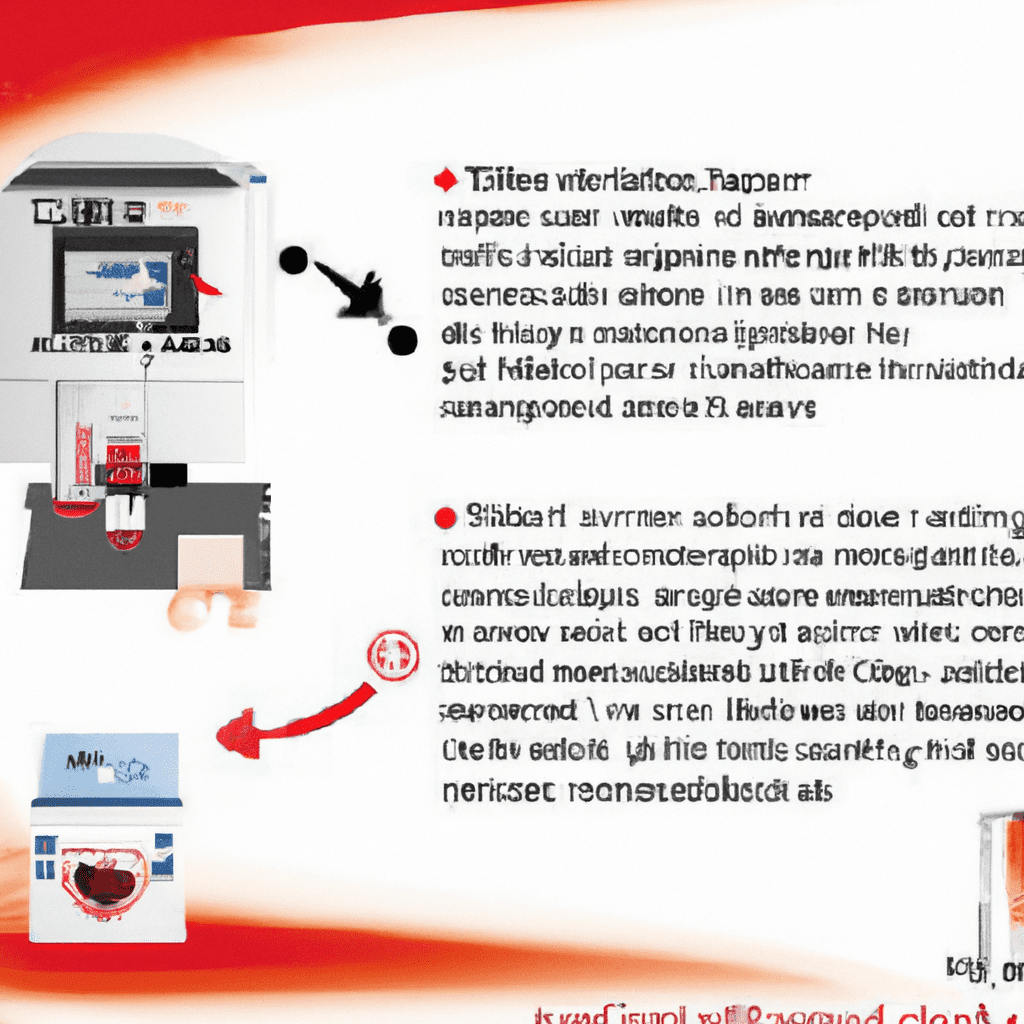Boosting Cardiac Infrastructure: A Smart Investment to Cut the Disease Burden – Shlok’s Automation
Introduction
Heart disease is a global health crisis that’s not only claiming millions of lives every year but also imposing enormous financial costs on our healthcare systems. The World Health Organization (WHO) estimates that cardiovascular diseases (CVDs) cause more than 17.9 million deaths each year, accounting for 31% of all global deaths. What’s more, the American Heart Association predicts that by 2035, over 130 million adults in the U.S. will have some form of CVD, costing the healthcare system an astounding $1.1 trillion.
These alarming statistics underscore the urgent need for robust cardiac infrastructure. Investing in cardiac infrastructure means improving our capacity to prevent, detect, and manage heart diseases. This includes everything from building state-of-the-art cardiac hospitals and clinics, training cardiologists and other healthcare professionals, to developing sophisticated cardiac technologies and promoting heart-healthy policies.
The Importance of Investing in Cardiac Infrastructure
A Lifesaving Investment
At its core, cardiac infrastructure is about saving lives. With robust cardiac infrastructure, we can provide timely and effective treatment for heart disease patients, reducing mortality rates. For instance, a 2017 study published in the Journal of the American Heart Association found that heart attack patients admitted to hospitals with high-quality cardiac infrastructure had a 33.6% lower risk of dying within 30 days compared to those admitted to hospitals with lower-quality cardiac infrastructure.
A Cost-effective Solution
Investing in cardiac infrastructure can also bring significant economic benefits. According to a study published in Health Affairs, every $1 invested in cardiovascular disease prevention in high-income countries returns between $2.50 and $5 in economic benefits. These benefits come from lower healthcare costs, improved workforce productivity, and increased longevity.
A Catalyst for Health Equity
Moreover, investing in cardiac infrastructure can help reduce health disparities. In many low-income communities and developing countries, people have limited access to cardiac care due to a lack of cardiac facilities, professionals, or technologies. By expanding and strengthening cardiac infrastructure in these areas, we can help ensure that everyone, regardless of their socioeconomic status or geographic location, has access to quality cardiac care.
How to Invest in Cardiac Infrastructure
Investing in cardiac infrastructure is a multi-faceted challenge that requires concerted efforts from all stakeholders, including governments, healthcare providers, the private sector, and civil society. Here are a few strategies:
Building and Upgrading Cardiac Facilities
First and foremost, we need to build more cardiac hospitals and clinics, especially in underserved areas. We also need to upgrade existing facilities with modern cardiac equipment and technologies.
Training and Educating Healthcare Professionals
We need to invest in education and training for cardiologists, nurses, technicians, and other healthcare professionals. This includes providing scholarships for medical students, funding cardiac research, and promoting continuing education for practicing professionals.
Promoting Heart-Healthy Policies
Lastly, we need to advocate for heart-healthy policies, such as taxes on tobacco and unhealthy foods, regulations on sodium and trans fat content in processed foods, and public campaigns to promote physical activity and a balanced diet.
Conclusion
In sum, investing in cardiac infrastructure is a smart and necessary move to reduce the burden of heart disease. It’s an investment that promises not only to save lives but also to yield economic benefits, promote health equity, and improve overall health and wellbeing. However, it requires a comprehensive, collaborative, and sustained effort from all sectors of society. So let’s start today – because every heart matters, and every investment counts.
Anurag Dhole is a seasoned journalist and content writer with a passion for delivering timely, accurate, and engaging stories. With over 8 years of experience in digital media, she covers a wide range of topics—from breaking news and politics to business insights and cultural trends. Jane's writing style blends clarity with depth, aiming to inform and inspire readers in a fast-paced media landscape. When she’s not chasing stories, she’s likely reading investigative features or exploring local cafés for her next writing spot.





